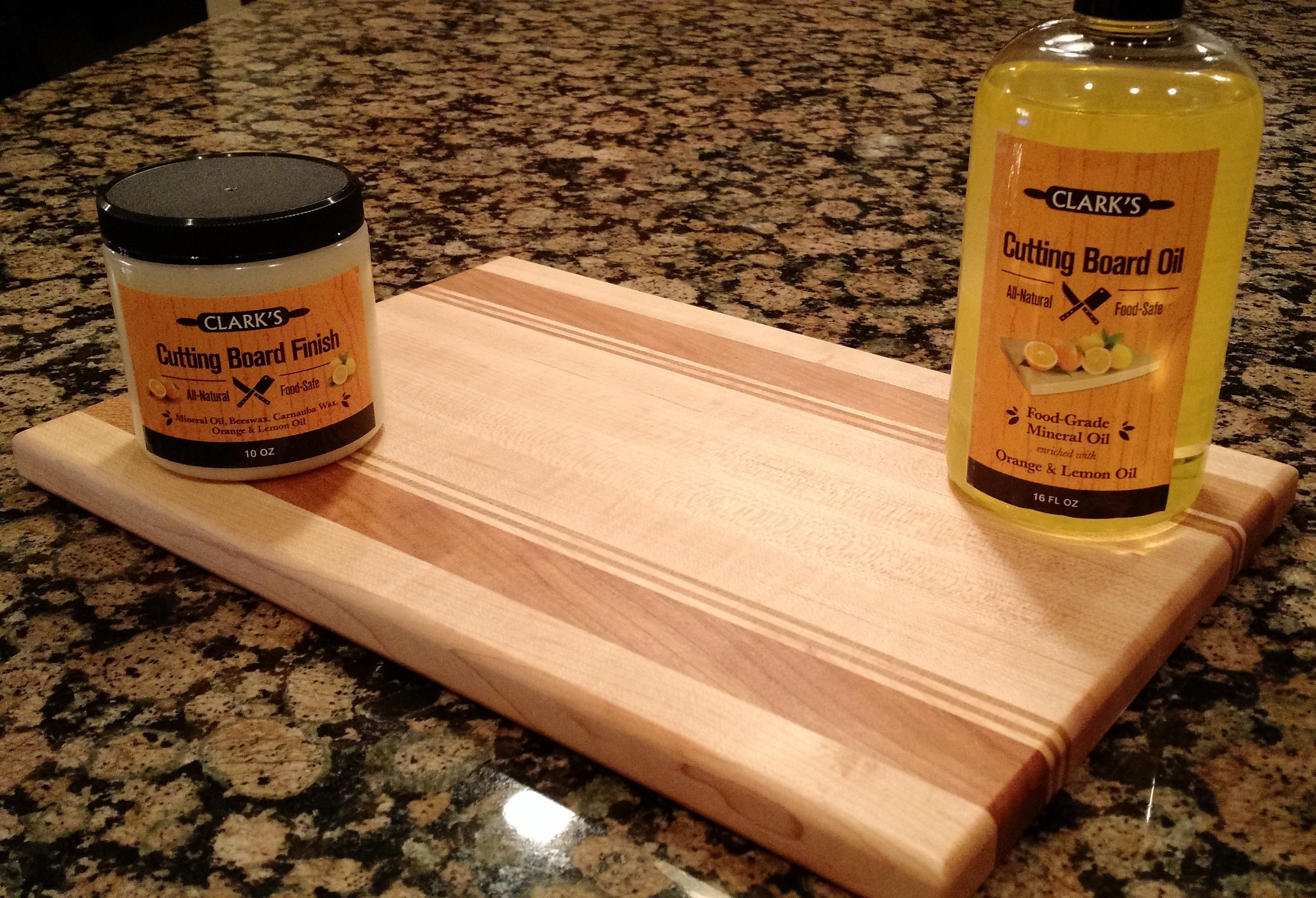I can’t believe 2014 is over already! As usual, the holidays were a whirlwind of parties, gifts, and food. I’m looking forward to a new year filled with new projects; I have a number of shop improvements and furniture projects on my to-do list. Now that the holiday gift projects are all wrapped up, I have a clean slate and I’m excited to get started.
Historically, I haven’t built a lot of Christmas gifts for my family, but this year presented me with the opportunity to build a small cutting board for my mom. It was really no big deal; I don’t think it took more than two hours of my time from choosing the appropriate scrap wood to applying the final coat of oil. The reaction that I got when she unwrapped it, however, was priceless: no one believed me when I told them that I had made it myself. Now, my family knows that I’m a woodworker and they’ve seen the furniture pieces in my house that I’ve built. My mom and dad even have a corner table in their foyer that I designed and built for them. None of those furniture pieces—despite the fact that they are all significantly more complex than a simple cutting board—ever elicited a reaction of shocked disbelief, however.
My day job is in downtown Chicago. Every day, on my way into the office, I walk past a site where a new skyscraper is under construction. Over the past year, I’ve watched this project progress from a big hole in the ground to a monolith of concrete, granite, and glass. I’ve been completely indifferent to the construction process, however, because it’s just too big. The project was so immense and so complex that my brain couldn’t process it… I just glanced at the new building everyday, shrugged, and moved on. I think non-woodworkers have a similar reaction when they see a completed project. A chest of drawers, a china cabinet, or a table and a set of chairs are just too big and complex to think about, so they just shrug and move on.
A cutting board is a simple item that gets used every day. Regular folks spend $40 or $50 for a nice cutting board and it never really occurs to them that they could make one themselves. So, I guess some shocked reactions are understandable given the circumstances. In 2015, I hope that all of your projects bring a little bit of happiness (or at least some shock and awe) to your loved ones, as well. Happy New Year!


